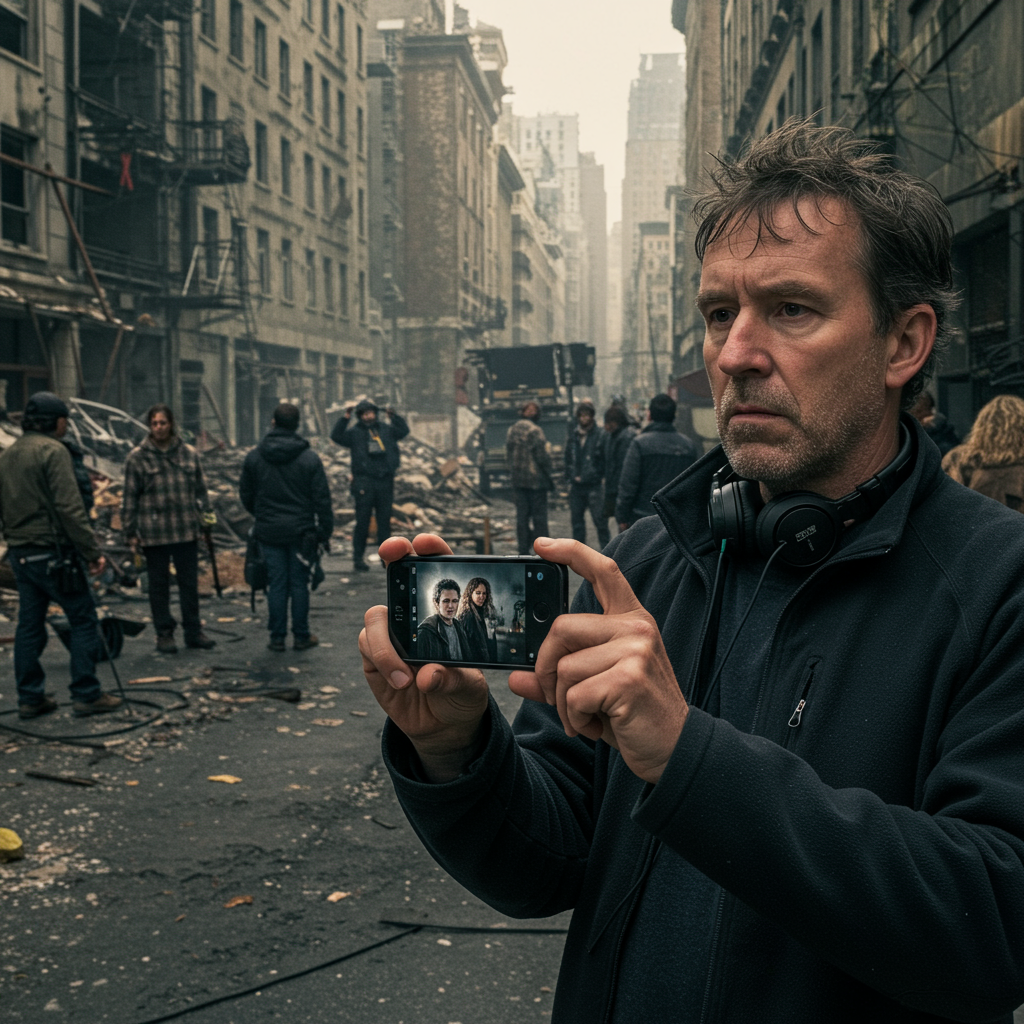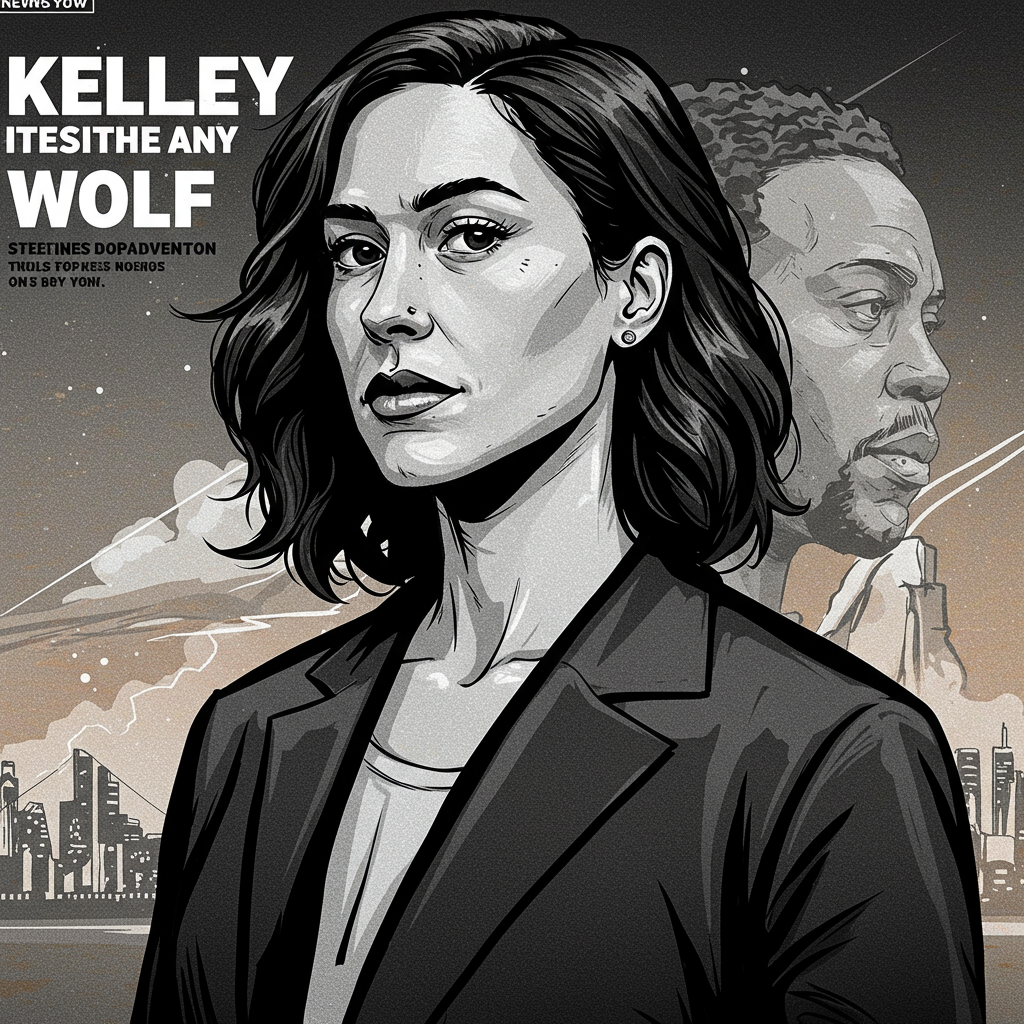Director Danny Boyle is returning to the post-apocalyptic world he created with the groundbreaking film 28 Days Later. For the highly anticipated sequel, 28 Years Later, Boyle is once again pushing technical boundaries, this time by predominantly filming on Apple iPhones. This unconventional choice, he reveals, allowed his team to capture the film’s startling violence and rugged beauty in unique ways.
Just as he used lightweight, low-resolution digital cameras to navigate the challenges of shooting the original 28 Days Later on the streets of London back in 2001, Boyle sought nimble technology for the sequel. Nearly three decades later, the challenge wasn’t shutting down a city, but capturing the untamed wilderness of Northumbria, England, where the virus-ravaged United Kingdom has largely returned to nature.
“Filming with iPhones allowed us to move without huge amounts of equipment,” Boyle told WIRED, emphasizing the ability to quickly and lightly navigate areas that retain a thousand-year-old lack of human imprint. The accessibility and familiarity of the smartphone also had an unexpected effect on the actors, who behaved slightly differently, adding to the immediacy of the shoot.
Pushing Creative Limits with Smartphone Tech
Boyle’s use of iPhones goes beyond simple handheld shots. The iPhone 15 Pro Max served as the film’s principal camera, leveraging its high resolution (4K at 60fps) which Boyle deems “more than enough… for cinema exhibition.” This allowed for capturing both the stunning natural landscapes and the film’s intense, brutal violence.
In one particularly innovative application, the production utilized massive rigs featuring up to 20 iPhones arranged in a half-circle. Boyle described this setup as creating a “poor man’s bullet time,” specifically employed to depict the story’s brutal violence in a “startling and unexpectedly depicted” manner, distinct from the effects seen in action films like The Matrix.
The lightweight nature of the cameras also facilitated other experimental techniques, including strapping cameras to subjects (even briefly attempting with farm animals) to achieve unique perspectives. A shot filmed from the perspective of a new variant of infected, the “Slow-Low,” made it into the final cut. Collaborating with cinematographer Anthony Dod Mantle, this approach fostered a “creative space to experiment,” allowing for close, instinctive filming that captured the actors’ raw performances during demanding scenes. Actors themselves, like Aaron Taylor-Johnson, found the experimental process “energizing and refreshing.”
While acknowledging minor technical workarounds needed to override the iPhone’s user-friendly defaults (like automatic focus), Boyle felt the advantages vastly outweighed these small annoyances. The ability to capture the beauty of nature served a crucial purpose, providing a stark contrast to the horror unfolding on screen.
Inspired by a Post-Pandemic World
The idea for 28 Years Later, which sets up a new trilogy, was significantly sparked by the Covid-19 pandemic. Boyle was struck by the real-world sight of cities emptying overnight, mirroring the premise of the original film. However, it was the subsequent shift in human behavior – the gradual relaxation of stringent precautions and the increase in risk-taking over time – that provided a crucial narrative hook.
This observation directly influenced the sequel’s plot, which centers on a community on Holy Island off the UK coast. Initially safe due to their isolation, they begin to explore the mainland 28 years after the outbreak, exhibiting “enormous amounts of risk-taking” born from years of perceived safety and evolved understanding of the virus’s parameters. Boyle notes that unlike the original, where a fleck of blood meant immediate doom, the survivors in the sequel have adapted, allowing for new dramatic possibilities. The script, penned by original writer Alex Garland, reflects these societal changes and incorporates relevant metaphors and parallels.
Legacy and Looking Forward
28 Days Later had a monumental impact on the zombie genre, popularizing the concept of fast-moving infected seen in subsequent hits like World War Z and Train to Busan. Despite this influence, Boyle prefers to rely on Garland’s genre expertise rather than watching other zombie films himself. He notes a reciprocal influence, mentioning Garland’s admiration for games like The Last of Us.
Boyle’s return to the franchise, reuniting with Garland and long-time collaborators, is driven by a desire to continue pushing creative boundaries, mirroring the bold technical swings taken on the original film. Test screenings proved valuable, validating that their experimental approach is “going down the right path” and connecting with audiences.
As for why the film is coming out now, rather than waiting until 2031 for the title to literally match the time gap between releases, Boyle offered a characteristically dark and witty explanation: “I couldn’t guarantee I’d still be alive by then. So we thought we should move now, just in case.” This pragmatic urgency underscores Boyle’s unique vision and commitment to bringing this new chapter to life at the precise right moment.



